Search
Search Results
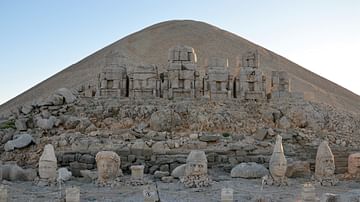
Definition
Commagene
The Kingdom of Commagene (163 BCE - 72 CE) was a Hellenistic political entity, heavily influenced by Armenian and ancient Persian culture and traditions, established in southwestern Anatolia (modern-day Turkey) by Ptolemaeus of Commagene...
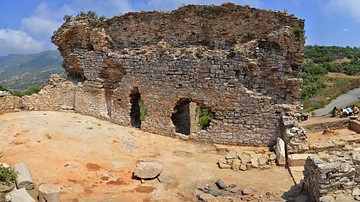
Definition
Antiochia ad Cragum
Antiochia ad Cragum (“Antioch on the Cliffs” or “Antioch at Cragus”) was a Hellenistic Roman city located in Cilicia Trachea (“Rough Cilicia”, also known as Cilicia Aspera and Cilicia Secunda) on the southern...
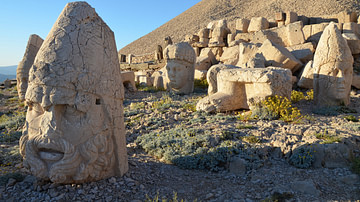
Article
Exploring Mount Nemrut - A Meeting Point Between East & West
Set within the Anti-Taurus mountain range in southeastern Turkey, beyond the borders of Adiyaman, is the archaeological wonder of Mount Nemrut. Forgotten for centuries, the spellbinding peak of Nemrut Dagi (its Turkish name) has since managed...
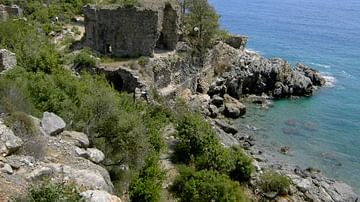
Definition
Aytap
Aytap is the modern name for the ancient city of Iotapa (sometimes given as Iotape and Iotape Philadelphos) in Cilicia. The city's ruins are located in southern Turkey near modern day Alanya (ancient Coracesium). The city was founded in 52...
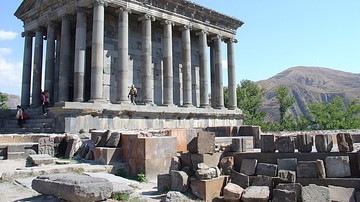
Definition
Ancient Armenia
Ancient Armenia, located in the south Caucasus area of Eurasia, was settled in the Neolithic era but its first recorded state proper was the kingdom of Urartu from the 9th century BCE. Incorporated into the Persian Empire of Cyrus the Great...
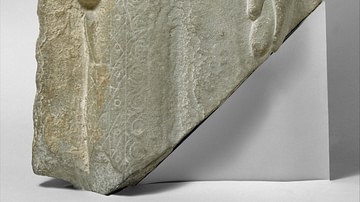
Definition
Parthian Religion
Parthian religion might be best described with two words: inclusive and evolving. As Parthia's empire held within it a variety of cultures, the Parthians wisely left each to their own beliefs and traditions, like the Seleucid Empire and the...
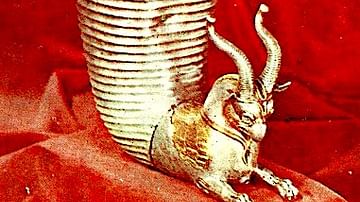
Definition
Orontid Dynasty
The Orontid dynasty (aka Eruandid or Yervanduni) succeeded the Kingdom of Urartu in ancient Armenia and ruled from the 6th to 3rd century BCE. Initially, the Orontids ruled as Persian satraps and the culture, language and political practices...

Image
Eastern Terrace of Mount Nemrut
Overview of the thrones and the heads of the gods on the eastern terrace of Mount Nemrut. From left to right: King Antiochus I, Commagene-Fortuna, Zeus-Oromasdes, Apollo-Mithras and Hercules. Mount Nemrut (Turkish: Nemrut Dağı) is one of...
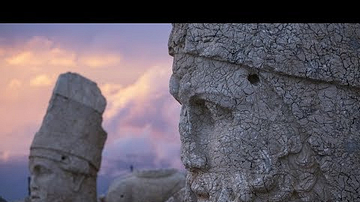
Video
Mount Nemrut and King Antiochus
Mount Nemrut and King Antiochus, Commagene Kingdom, The most detailed documentary!
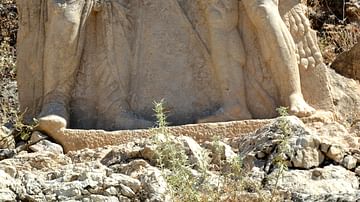
Image
Antiochus I of Commagene Shaking Hands with Hercules
Stone relief from Arsameia (Nemrut region, Turkey) depicting Antiochus I of Commagene (r. 70 - c. 38 BCE) shaking hands with Hercules. The Commagenian ruler is shown wearing a belted tunic, cloak and a four-lobed dagger. Herakles carries...